What is Tween 20/60/80 Food Grade?
Food grade Tween 20, Tween 60 and Tween 80 are non-ionic surfactants widely used in food processing to improve emulsification, thickening and stability.
Tween 20 is a transparent liquid, almost odorless, completely soluble in water, mainly used for beverages and low-fat foods, suitable for emulsification and stabilization in low temperature environments.
Tween 60 is a light yellow to brown liquid with a slight grease smell, well soluble in water, and is often used in dairy products and high-fat foods to enhance emulsification and improve texture.
Tween 80 is a dark brown liquid, also with a slight grease smell, well soluble in water, suitable for frozen foods such as ice cream and chocolate, providing excellent low-temperature emulsification and thickening properties.
Related parameters:
| ITEMS | STANDARD |
| Acid value, KOH mg/g | 2.0 max |
| Saponification value, KOH mg/g | 43-55 |
| Hydroxyl value, KOH mg/g | 65-80 |
| Water, % | 2.0 max |
| Heavy metals, % | 0.001 max |
| Ash, % | 0.25 max |
Recommended dosage:
| Food name | Maximum usage(g/kg) |
| Beverages | 0.5-1.0 g/kg |
| Dairy products | 0.5-1.0 g/kg |
| Seasonings | 1.0-2.0 g/kg |
| Jelly | 1.0-1.5 g/kg |
| Ice cream | 0.5-1.0 g/kg |
| Candy | 0.5-1.0 g/kg |
| Sauces | 0.5-1.5 g/kg |
| Canned food | 0.5-1.0 g/kg |
| Protein drinks | 0.5-1.0 g/kg |
| Creamer | 0.5-1.0 g/kg |
| Jam | 0.5-1.0 g/kg |
| Preserves | 0.5-1.0 g/kg |
| Cream | 0.5-1.0 g/kg |
| Bread | 0.5-1.0 g/kg |
| Biscuits | 0.5-1.0 g/kg |
Tween 20/60/80 Food Grade has a wide range of uses
Tween 20 Food Grade:
- Emulsification: Tween 20 can effectively mix oil and water to form a stable emulsion, which is widely used in juices, beverages and low-fat foods. It performs well in forming and stabilizing emulsions.
- Stability: It provides good stability in low temperature environments, prevents the stratification or precipitation of ingredients in food, and maintains the consistency of the product.
- Thickening: Although the thickening effect is not as good as some other thickeners, it can improve the taste and texture in some low-viscosity foods.
- Dispersion: It helps disperse solid particles and prevent agglomeration. It is suitable for products such as condiments and dry powder mixtures.
Tween 60 Food Grade:
- Emulsification: Tween 60 performs well in emulsifying foods with high fat content, such as dairy products and ice cream. It can produce a steady oil-water emulsion, which can prevent oil stratification.
- Texture improvement: By improving the texture and taste of the product, it is particularly suitable for high-fat foods such as cream, pastries and bread.
- Stability: Provides better stability in high temperature environments, prevents product stratification and precipitation, and extends the shelf life of food.
- Thickening: It can play a slight thickening role in some foods to improve the consistency and texture of the product.
Tween 80 Food Grade:
- Emulsification: Tween 80 has excellent emulsification properties and is particularly suitable for emulsification under low temperature conditions, such as ice cream and frozen foods. It can form a stable emulsion to prevent oil precipitation.
- Thickening: It has a good thickening effect in some foods, improving the consistency and texture of the product, such as in chocolate and salad dressing.
- Stability: It provides stability in frozen and refrigerated environments, maintaining the uniformity and consistency of the product.
- Dispersion: It effectively disperses solid particles and prevents agglomeration, suitable for dispersion needs such as in seasonings and desserts.
User asked question:
Q: What is the difference between food-grade Tween and food-grade span?
A: Both food-grade Tween and span are non-ionic surfactants, but they are significantly different in chemical structure, performance and application. Tween (such as Tween 20, Tween 60, Tween 80) contains polysorbate groups, has strong hydrophilicity and high emulsification ability, is suitable for low-fat foods and aqueous emulsions, and can remain stable under a wide range of pH and temperature conditions.
Span (such as Span 20, Span 60, Span 80) contains sorbitol groups, has weaker hydrophilicity, and has a lower HLB value. It is more suitable for foods with high fat content and oil-phase emulsions, especially under high fat and high temperature conditions.

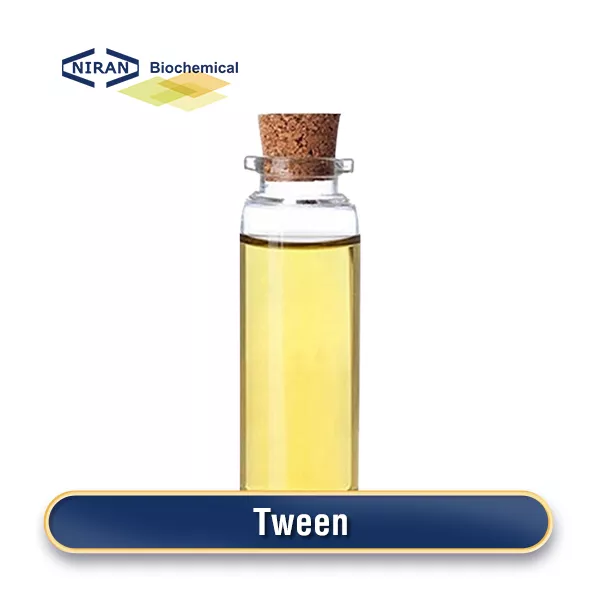
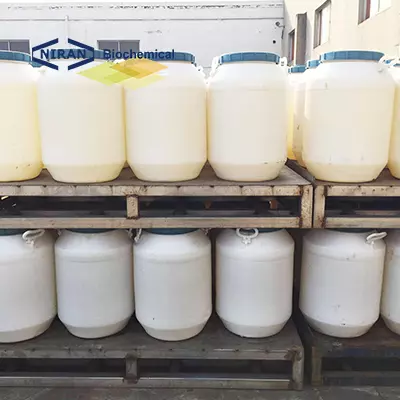
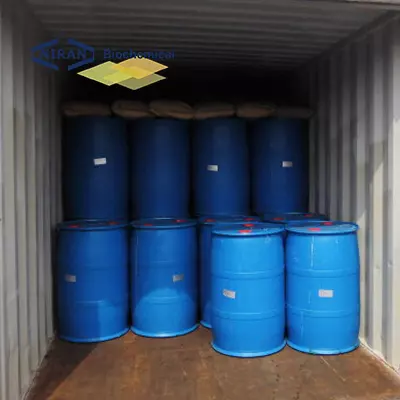
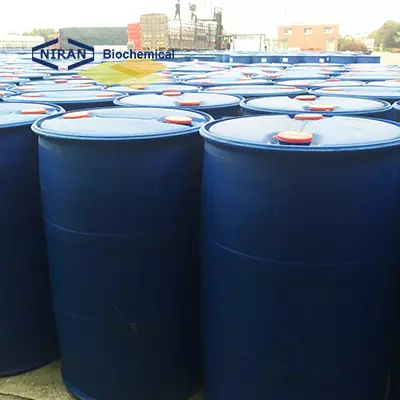
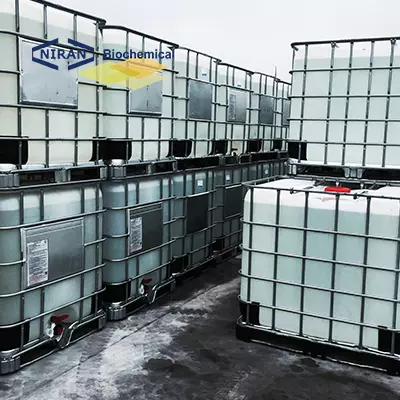
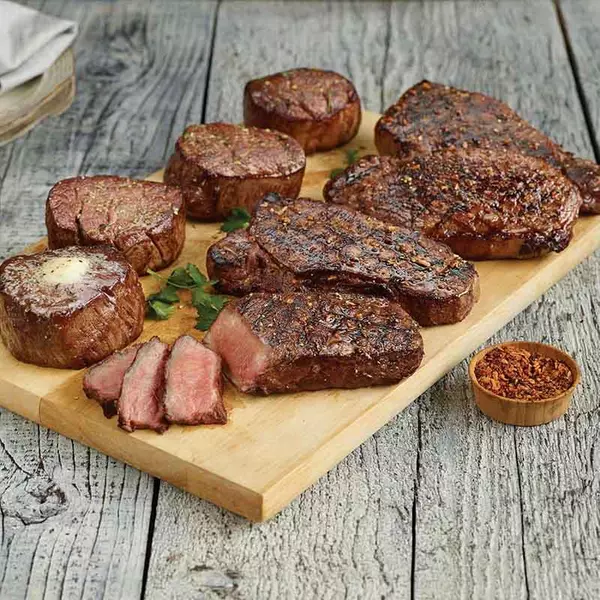
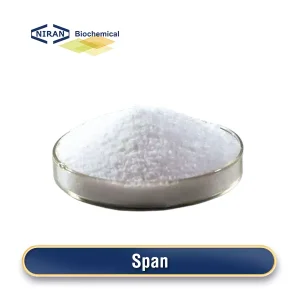
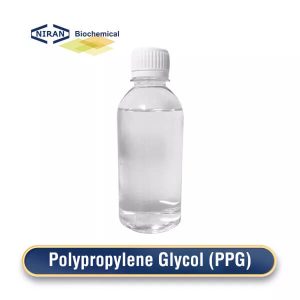
-300x300.webp)
-300x300.webp)